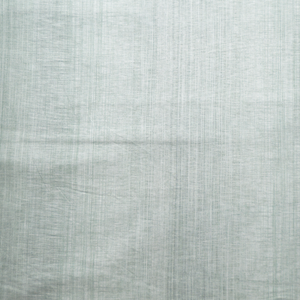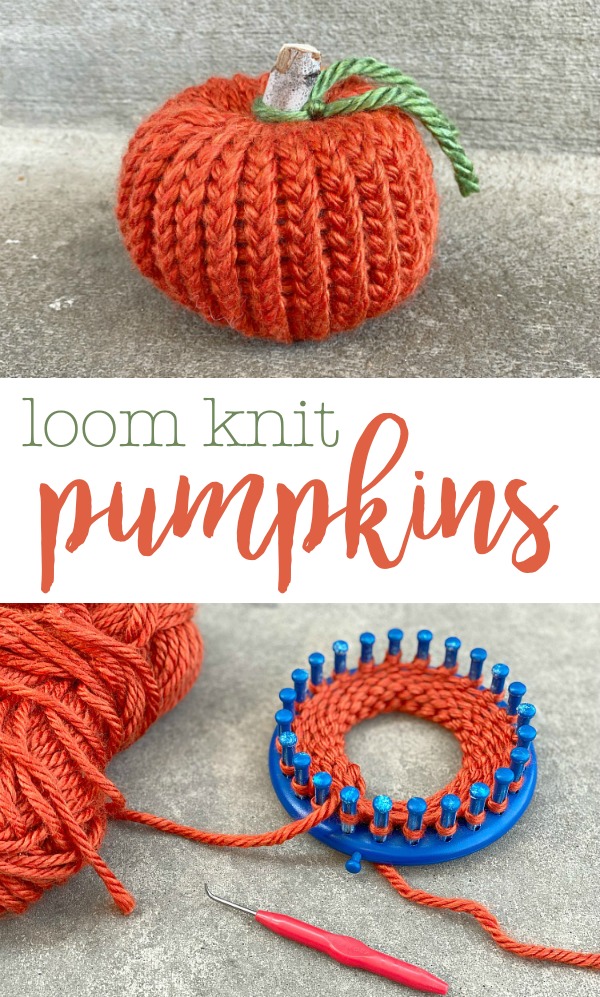
Slipped stitches are a very common technique for knitting. This stitch creates multiple layers of fabric by using long stitches. The extra length of the stitches allows it to carry over the colors from an earlier row. This technique uses several techniques. Learn how you can create your own fabric designs by using this stitch. You can experiment with this stitch once you've mastered the basics. Once you've mastered this technique, it is possible to use it in a pattern.
Creating a slipped stitch design
Slipped stitches are a great way to create beautiful sweaters and scarves. The stitch is easy to understand and easy to work. You can use one, two, or three slip stitches. Three colors will create stunning designs that are both delicate yet interesting. You'll need the right yarn, a crochet hook, and the ability to create slip stitches.
Adjusting the yarn gauge and needle can result in many types of slip stitch designs. Bubbles will occur if the row gauge is too tight. To track the number of stitches you've worked, you can use an electronic row counter. Next, you can use a row counter to keep track of how many stitches you've worked. This allows you create classic slipped stitches with different gauges and stitches.

How to make a slip stitch fabric
It is possible to create beautiful knitted fabrics using slipped stitches. Because you can focus on knitting the right loops while avoiding missing stitches, a variegated knit yarn is an excellent choice. This stitch pattern is simple to master and can be used quickly. This technique can be used to make a scarf or garment, and it is a great choice for both novice and advanced knitters.
A slip stitch technique can be used to create invisible seams. This stitch technique is great for sewing handwoven fabrics as it hides most the joining thread in its folds. This tutorial uses a pinloom square to show the technique. If you are working with heavy fabrics, an 8/2 cotton needle is better than a matching one to create a seamless look.
Making a slipped stitch edge stitch
Slipping stitch edges are a great way create an even and neat edge to your knitting project. This stitch is great for novice knitters with trouble with tension. You can make sure your finished item is neatly and securely by using it on the last and first stitches of each row. Here are some ways to make a slipped seam edge. This stitch is not suitable for all types or crochet projects.
Many knitting patterns will require that you slip the first stitch in each row. If you are knitting flat, the pattern usually says to slip the first stitch purlwise. Many flat knitting patterns start each row with a sl1 or slipped stitch. These are essential because they protect your work from becoming sloppy or loopy. The edge stitch is often neglected by many knitters, leading to loopy edges, and variable tension at each row.

A slip stitch is a pattern that you create.
For a slipped stitch pattern to be worked, the needle should be placed on the right side. Insert the right side of the needle into the next row from the front to back. Move the working yarn to the top of the needle. After the slip stitch has been completed, you can place it next the previous slipped one. Depending upon the stitch pattern, you can work one row of slipped stitches or several rows. This stitch pattern is also known to be a "slipped stitch".
Slipped stitches are often used for colourwork. They can also be used with purling or knitting needles. Slip stitches should be used loosely so the fabric doesn't pucker. The slipping needle ensures that the stitches on each side are evenly distributed. This technique creates a neat, soft fabric. This technique is a great way to create unique patterns. Corrina explains in this video how to create a slip stitch design.
FAQ
What types of hobbies are suitable for introverts?
Introverts have the ability to focus on one thing at a time. They enjoy solitude and prefer to read, write, play music, watch movies, etc.
They also like to be alone. They do not like to socialize all day. They can even become bored when they're surrounded by people.
Introverts will often choose hobbies that require them alone. You might find them reading books, listening, playing music, taking photos, writing poetry or painting.
Some introverts even choose to live alone. This allows them to concentrate on their hobby and not be distracted.
What are some good hobbies for seniors to do?
Senior citizens need to find things they like doing. They should also be active and take part in activities such as sports or other physical activities.
They might be interested in joining clubs that offer similar interests. They'll be less lonely as they get older.
Seniors must also be on the cutting edge of new trends. For example they could keep up to date with fashion, art music, literature, politics, and so forth.
How can I find a hobby for myself?
You may feel overwhelmed when you start your quest to find a hobby.
You may be thinking, "I'm just not artistic" or "I hate sports," or perhaps "I don’t even know what I know."
The truth is that you likely already have a lot experience in your chosen hobby.
It's simply that you haven’t yet realized it.
Have a look at your home. Do you have a lot of stuff?
Are there any toys that you don't use anymore?
You might have a collection.
Maybe you've always wanted to learn how to cook.
Or perhaps you would just like to learn how to play the guitar again.
Whatever it may be, you can likely turn it into something.
The key is to see that you already have many experience to draw upon.
You will find a hobby you love once you have it.
What are observation hobbies exactly?
Observation hobbies are those activities that allow you to watch others do what they do. This could be watching sports, reading books or going on holiday. You could also observe other people.
You can learn creativity through observation hobbies. You can draw on this knowledge later, when you work on projects for others.
It will be easier to learn about something if you are interested in it.
You might watch or read about football to learn more. Visit or take photographs to learn more about the art of photography.
You can play along with songs online or purchase a guitar if you love music.
If you love cooking, you can either cook your meals at home or order from a local restaurant.
If gardening interests you, you could plant vegetables or flowers.
If dancing is something you enjoy, join a dance class.
If you love painting, you can paint pictures.
You could also write poems or stories if you enjoy writing.
You might enjoy drawing pictures, if you are a good artist.
You could work as a caretaker or keeper at a zoo if you are passionate about animals.
If you enjoy science, you might consider studying biology, chemistry and physics.
History lovers can watch films, read books or listen to podcasts.
You could explore the world or travel to places you love if you are a lover of traveling.
How do I get started with my new hobby?
First, decide what type or activity you want to pursue.
After you've decided on your subject, it is important to feel passionate about it.
Understanding why you are interested in a hobby is important. This will help you find direction and a purpose.
Once you have determined what hobby you wish to pursue, you can plan your next steps.
Think about the equipment that will be needed.
You should consider whether or not you will need to take classes or attend seminars.
Make sure you have enough space for your hobby.
You might also consider joining a club. These groups can offer support and guidance.
Finally, think about how much money you would need to spend on your hobby.
Statistics
- This 100% accurate personality-analyzing hobby quiz discovers your passion based on your characteristics. (quizexpo.com)
- The intensity of the dialogue partners' bond at the end of the forty-five-minute vulnerability interaction was rated as closer than the closest relationship in the lives of 30 percent of similar students. (time.com)
- The Role of the Mind in Sex, Dating, and Love: Men in the “humor” condition received phone numbers from 42.9% of the female participants and were refused 57.1% of the time. (time.com)
- I am 100% biologically a woman (discover.hubpages.com)
- In comparison, men in the “no humor” condition were refused 84.6% of the time and were only accepted 15.4% of the time. (time.com)
External Links
How To
How to learn a music instrument
There are many options for learning how to play the piano. You have the option of going to school, buying a book or taking lessons from someone who plays an instrument. Or, you can watch videos online. If you are determined to learn on your own, these tips and tricks might be helpful.
-
Find something that interests and you. You don't have to like every instrument you see. It is difficult to enjoy an instrument if it is not something you are interested in.
-
Be patient. Learning anything new takes time. It is unrealistic to expect to know everything instantly. Instead, you should continue practicing every day.
-
You should practice often. This can be done even when you are tired. This will ensure that your memory doesn't fade.
-
Pick a place where you can practice. You want to be in a place where you are not disturbed by others. Make sure there aren't distractions. Also, don't let loud music play near your home.
-
Have fun. Music is meant to be enjoyed. Have fun with your practice. Enjoying yourself will motivate you to continue going at it.
-
Set goals. When you set goals, you know exactly what you have to achieve. This will make it impossible to fail.
-
Keep track of your progress. List all of your successes as well as your failures. You'll be able to learn and improve as you go.
-
Take breaks. Sometimes all it takes is to take a breather. It is a good idea to take breaks so you can think about everything.
-
Ask questions. Ask other people if you have any doubts or confusion regarding certain aspects of the instrument. They might be able to assist you.
-
Listening is the best way of learning. Musicians often listen to music they like and try to imitate it. This allows them to grasp the basic concepts of the song.
-
Read books. You will learn more from reading books than you can by watching videos or attending classes. Books often contain information you can't find elsewhere.
-
You can join a band. You'll be more motivated to practice when you are playing with others. Plus, you will meet people who share similar interests as yours.
-
You can watch tutorials. Tutorials are short videos that explain various topics in great detail. Tutorials are short videos that focus on one part of the instrument. Watching tutorials can help you understand difficult parts of the instrument.
-
You can try different methods. Some people prefer to learn through lectures, whereas others learn better by reading. Experiment until you find what works best for you.
-
Practice makes perfect. You don't become an expert overnight. Instead, you must put in lots of effort before becoming skilled enough to perform well.
-
Learn from other musicians. Listening to your fellow musicians perform their favourite songs can help you learn quicker.